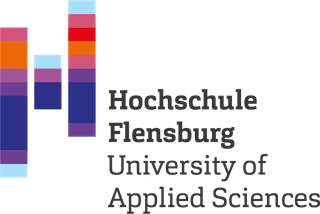Zum Umgang mit anderen aktivierten Eigenleistungen in der Kapitalflussrechnung nach DRS 21
Widmann, M., & Tausch-Nebel, L. (2022). Zum Umgang mit anderen aktivierten Eigenleistungen in der Kapitalflussrechnung nach DRS 21. DER KONZERN, 16(12), 7. (Original work published Dezember 2022)
